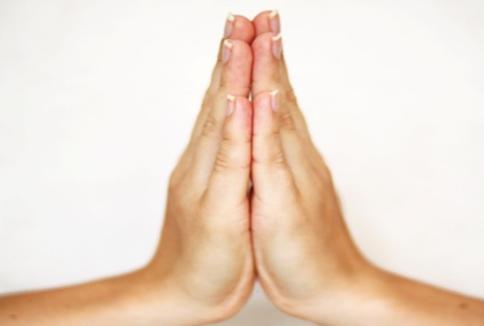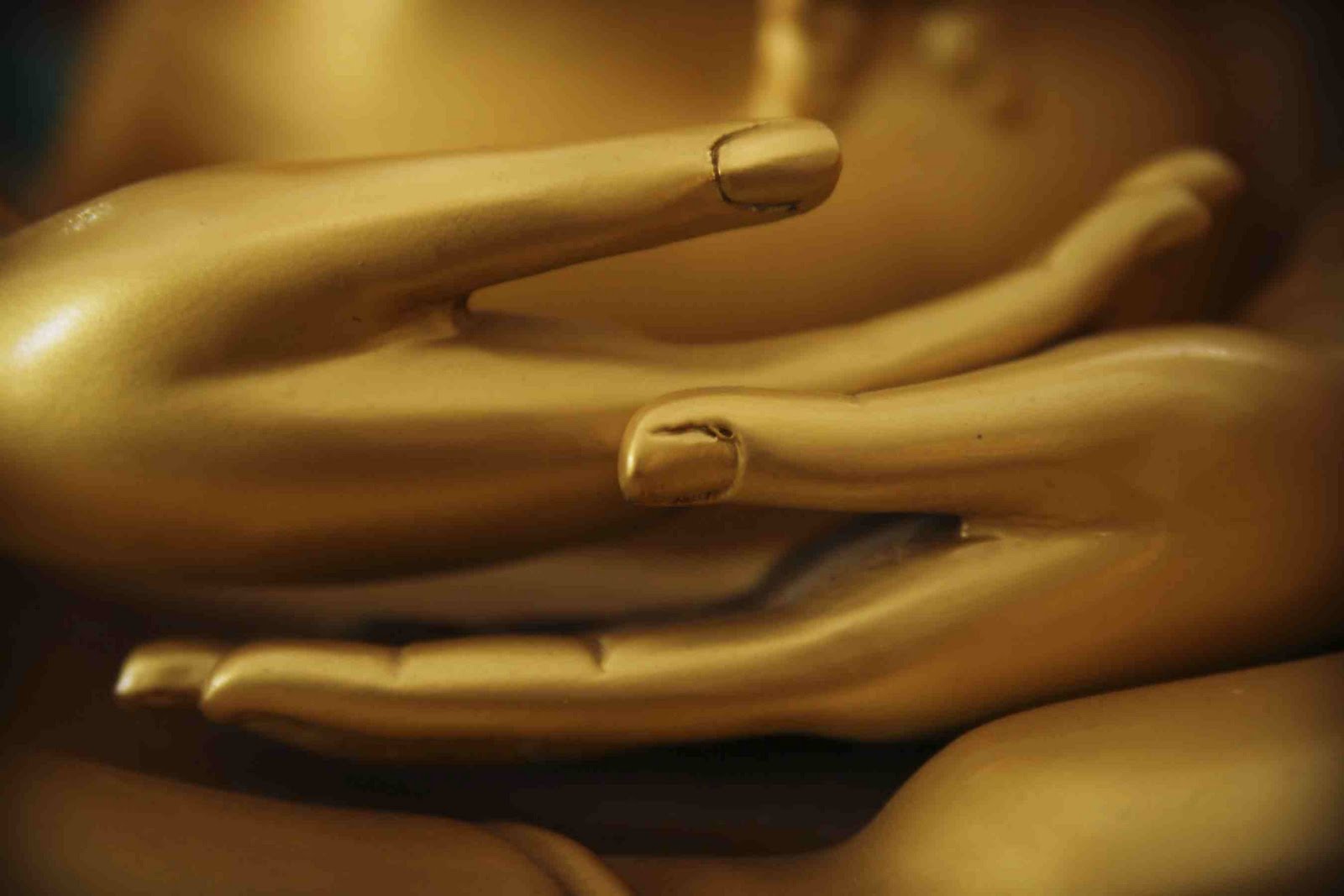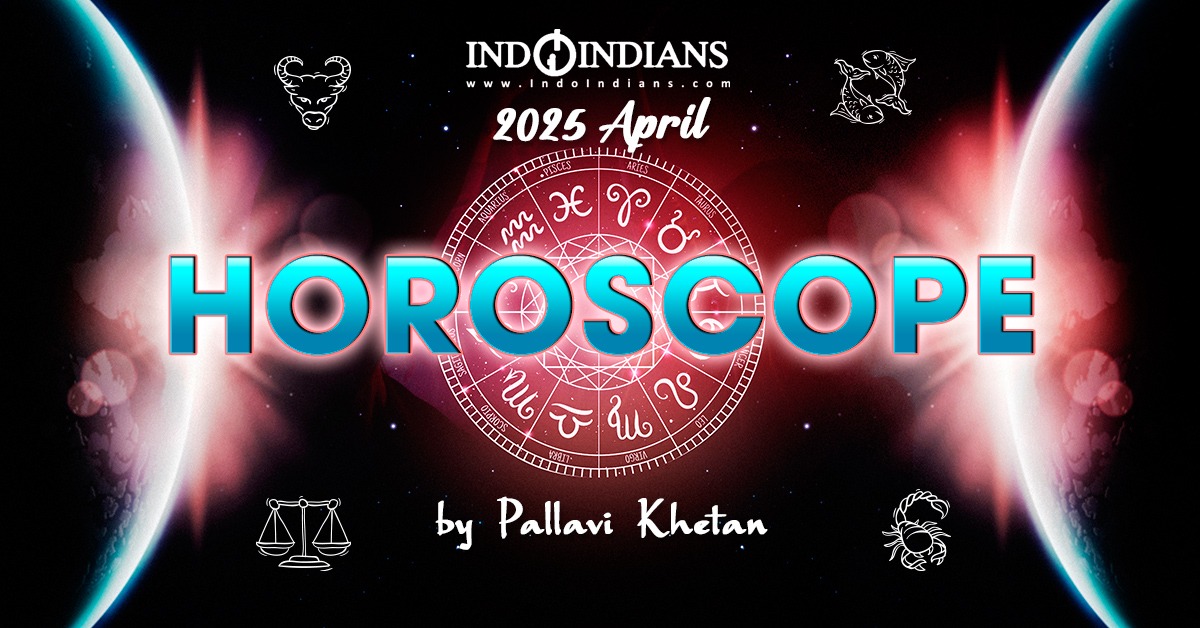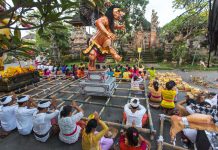Tasmaatsarvaprayatnena probhodhayitumeeshvareem.
Brahmadvaaramukhe suptaam mudraabhyaasam saaacharet.
Translation: Therefore, The goddess sleeping at the entrance of Brahma’s door should be constantly aroused with all the effort, by performing Mudra thoroughly ~ Hatha Yoga Pradipika (3.5)
The Sanskrit word Mudra can be translated as ‘gesture’ or ‘attitude’. Mudras can be described as psychic, emotional, devotional and aesthetic gestures or attitudes. Yogis have experienced Mudras as attitude of energy flow intended to link individual Pranic (vital energy) flow to the universal energy.
Mudras are combination of subtle physical movements which alter mood, attitude and perception and also deepens awareness and concentration. In Yoga, how you hold your hand is often part of a pose. These hand positions are said to have reflex reaction in some part of the brain. Taking a particular hand position is then thought to direct energy flow to that part.
A Scientific look at Mudras:
In scientific terms, Mudras provide a means to access and influence the unconsciousness reflexes and primal, instinctive habit patterns that originate in the primitive area of brain and around the brain stem. They establish subtle and non-intellectual connection with these areas. Each Mudra sets up a different link and has a correspondingly different effect on the body, mind and prana.
- Vishnu Mudra (Hand gesture of Lord Vishnu)
Curl your index and middle finger downwards while keeping your ring and pinky finger closed together and pointing outward. This Mudra is used mainly during the breathing practice of Nadi Shodhana Pranayama.
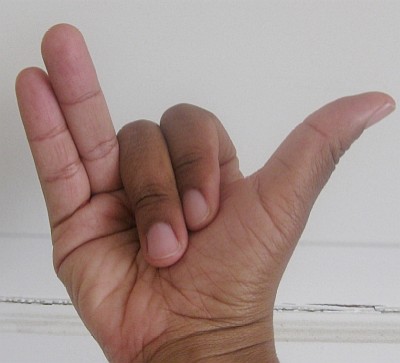
2. Gyan Mudra (Psychic Gesture of Knowledge):
Place together the tip of your index finger and thumb. It represents knowledge. This Mudra helps in upliftment of consciousness.
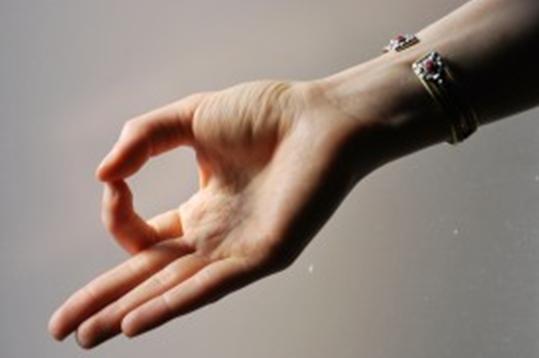
3. Chin Mudra (Psychic Gesture of Consciousness):
Chin Mudra is similar to Gyan Mudra except the hand is facing downward. This Gesture has a grounding effect on the mind.The middle finger, ring, and little finger represent the three classic qualities of all of nature (the Three Gunas). The middle finger symbolizes sattva, (purity, wisdom and true understanding) the ring finger rajas, (action, passion and movement) and the little finger tamas, (inertia, lethargy and darkness). Classically the yogi is meant to transcend these states, progressing from darkness into light and from ignorance to wisdom.
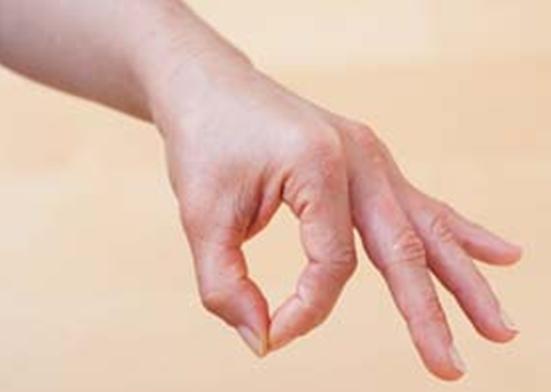
4. Bhairava Mudra (Fierce or Terrifying attitude)
When the right hand is placed on top it is the Shiva aspect, Bhairava. When the left is on top it is Bhairavi, the Shakti aspect; consciousness and manifestation.
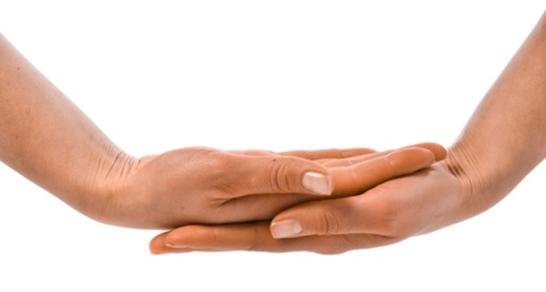
And when the left hand is on the top and right hand below, it is Bhairavi Mudra representing feminine power.
5. Anjali Mudra (Prayer Pose):
Place the palms together. This position is said to balance the energy of the body.
